On a crisp Saturday morning in late October, Minnesota U.S. Rep. Ilhan Omar arrived at Powderhorn Park, Starbucks in hand, to rev up a crowd of supporters for the final stretch of the campaign.
The night before, President Donald Trump had launched a fresh round of attacks in Florida against the congresswoman, a refugee from Somalia and national icon of the progressive left. Weeks prior, he’d employed her name at rallies in Bemidji and Duluth as he sought to mobilize his rural base.
The president’s jabs in his bid to flip Minnesota felt fresh as Omar urged supporters to knock on doors across south Minneapolis on her behalf. Their mission, she said, was not only to win her race in the staunchly Democratic Fifth Congressional District, but to drive votes needed to defeat Trump and deliver victory to Democrats up and down the ballot Nov. 3.
“I understand that in the next two weeks I have to be determined to make sure that Minnesota and the Fifth has the highest turnout it has ever seen,” she said. “That for me, is a clear translation that the hate, the division, the incitement of white supremacy is something that Minnesota completely rejects.”
As an incumbent congresswoman running one of the nation’s most liberal districts, one that hasn’t voted for a Republican in nearly 60 years, Omar is all but certain to win another term against GOP challenger Lacy Johnson. But partly due to Omar’s national profile, Johnson, a Black businessman from north Minneapolis, has been able to raise a staggering $9 million for his longshot campaign, making him easily the most competitive GOP candidate in the district in a generation.
Still, given the district’s historic DFL lean, no political handicapper is predicting a close or even remotely competitive race.
And yet as Election Day nears, Omar is running like an underdog, headlining get-out-the-vote events, greeting voters and sending scores of volunteers to knock on tens of thousands of doors.
Her frenetic pace reflects a calculation by Democrats that the freshman congresswoman’s starring role as foil to Trump, coupled with her highly organized voter outreach effort, will help generate the turnout boost they need to keep Republicans from flipping the state in the presidential election.
The intense focus on the Fifth comes down to math. Trump has vowed to win Minnesota after a narrow 2016 loss by driving up votes in rural areas and holding ground in the swing suburbs. The margin of victory in the Fifth District, which covers Minneapolis and first-ring suburbs such as Robbinsdale and St. Louis Park, could tip the scales in Democrats’ favor in both the presidential and U.S. Senate contests.
“The reality in the Fifth District is it’s in the largest city in the state, very Democratic and for us, we have a lot of low-propensity voters there, folks who don’t vote all the time,” DFL Party Chairman Ken Martin said. “The more we can juice turnout there and increase the margin, the more likely it is we are going to win.”
The seat has long had a reputation as a “turnout engine” for the DFL. In 2016, when Hillary Clinton carried Minnesota by fewer than 45,000 votes, the Fifth District delivered more than 270,000 votes for the Democratic nominee.
Omar is no stranger to the style of grassroots organizing that delivers such victories. Her focus on engaging new voters and energizing the city’s liberal base helped her oust a longtime state legislative incumbent in 2016. In 2018, she prevailed in a six-way primary for the open U.S. House seat before winning the general election with 78% of the vote. She won the most votes of any freshman Democrat elected to Congress that year.
Faced with a well-funded challenger in the August primary, Omar was one of the only DFL candidates who continued in-person canvassing amid the pandemic. A record number of residents turned out to vote in a contest that all but sealed a second term.
With a week to go until the election, the effort is intensifying. The Powderhorn kickoff was one of several get-out-the-vote events scheduled in areas ranging from Dinkytown to Richfield. More volunteers are reaching out to neighbors in large apartment buildings.
Johnson, meanwhile, has launched his own effort to turn out new voters for the GOP by making inroads with Black residents who might otherwise back Democrats or opt not to cast a ballot at all. He’s crisscrossing the district for talks in front of suburban business groups and meeting with voters in some of the city’s most liberal precincts.
During a Sunday service at Shiloh Temple in north Minneapolis, Johnson argued that a focus on faith, personal responsibility and free enterprise will empower citizens in minority communities.
“I’m tired of us depending on the government for what we can do to ourselves,” he said to applause. “I’m tired of parties convincing us to vote for them because they’re going to give us something.”
Armed with a seven-figure campaign warchest, Johnson is running TV ads and sending glossy mailers blasting Omar on a number of controversies that arose during her sometimes tumultuous first 22 months in Congress. Canvassers working on behalf of his campaign have knocked on thousands of doors.
Republican leaders hope those efforts will make a difference in the statewide total, even if victory in the Fifth District is unlikely. Past GOP candidates in the Fifth have struggled to crack 25% in recent elections. But Minnesota Republican Party Chair Jennifer Carnahan said there’s “no doubt” that Johnson will outperform past GOP candidates.
“We actually have a very strong candidate who is going out and doing the work,” she said. “I don’t think [Democrats] are going to be able to run up the score as much as they are hoping they will”
Persuading Johnson’s supporters to also back the president could be a tough sell. Just 19% of the district’s voters supported Trump in 2016 and polling suggests his standing remains low. Johnson has been endorsed by Trump and appeared at his campaign’s events. He declines to say publicly if he’s voting for the president, but said he is pleased with many of the president’s policies on the economy and criminal justice.
Even with Trump on the ballot, he argues strong GOP turnout and new support from Black voters, independents and Democrats disenchanted with Omar will help him to defy expectations.
For both candidates, the stakes go beyond who wins Nov. 3. In opinion pieces and television appearances, Omar has called on Democrats to expand efforts to engage disenfranchised non-voters rather than focus on swing independents. Recent campaign events, including a Friday rally in Cedar-Riverside, aim to reach eligible voters in the city’s immigrant community.
“If everybody were to get involved and vote in the massive numbers that we know they can, we could have a government that is responsive to the needs of everyday Americans,” Omar said. “There are communities that are being left behind and not responded to, because they … are not turning out to vote.”
For Johnson, the campaign is a chance to shake up the GOP’s brand as a party of “old white men” and warm communities of color to his conservative views. He says his standing in north Minneapolis, including work on education and economic development, creates an opening.
In a recent interview, Johnson was realistic about his chances. But he, like Omar, is taking an “all hands on deck” approach.
“We are up against a decades-old machine,” he said. “We understand we’re climbing a political Mount Everest here, we don’t kid ourselves about that. We feel pretty good that we put up a fight.”
Torey Van Oot
___
(c)2020 the Star Tribune (Minneapolis)
Visit the Star Tribune (Minneapolis) at www.startribune.com
Distributed by Tribune Content Agency, LLC.
—-
This content is published through a licensing agreement with Acquire Media using its NewsEdge technology.



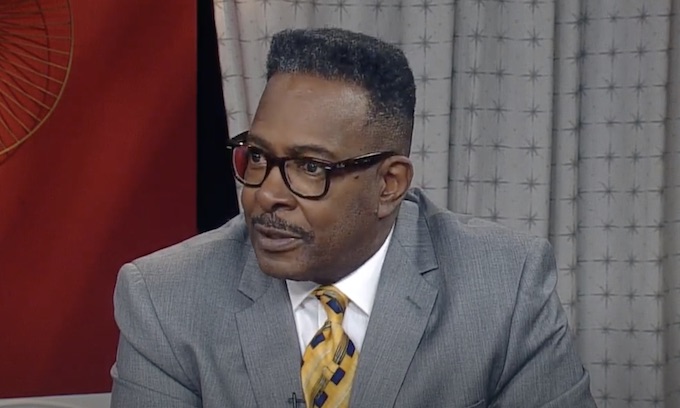
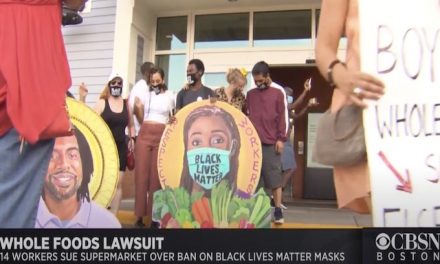
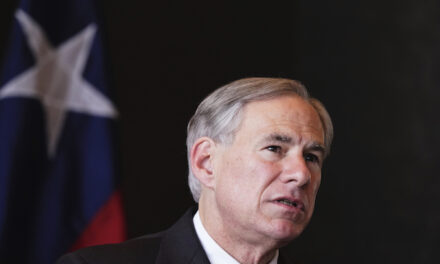
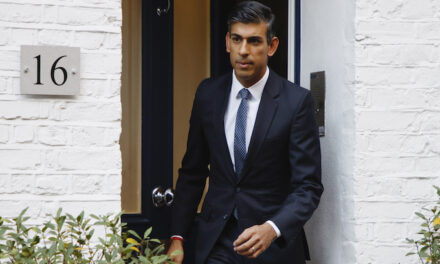
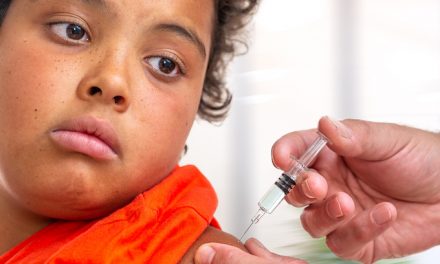











Recent Comments